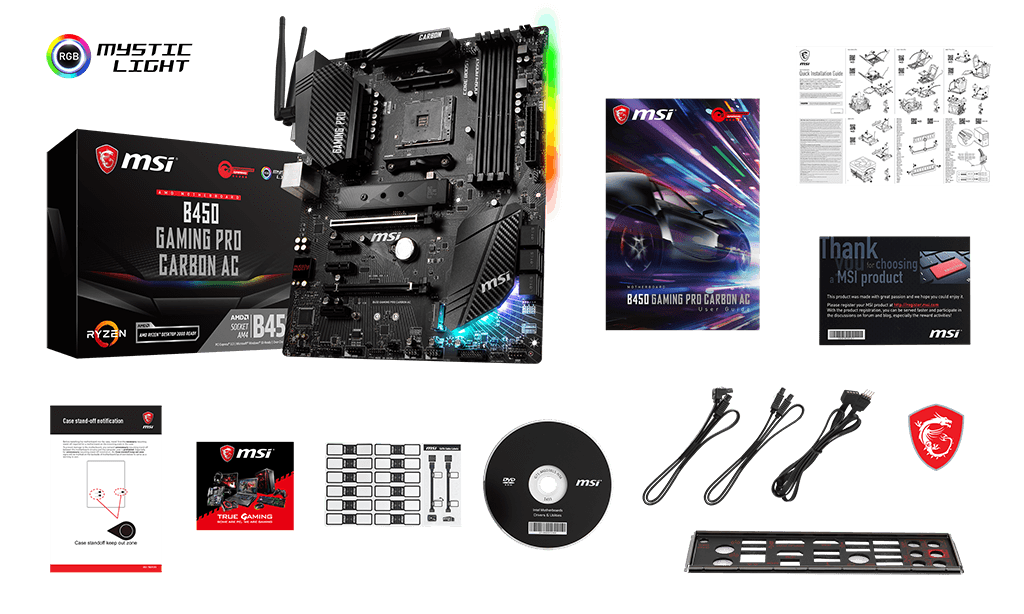1) I'm wanting to know if there is anything I can or should do before installing everything (details below)-
a)Test for DoA?
b)Anything else?
2) What steps do you do for your builds?
3)Do you have any tips to make things go smoother?
4) Or do I just need to get everything installed in the case, power on to check for power and fans spinning then install Windows, drivers, software?
5) Anything I've missed?
FOR CONTEXT-
I have an old HP HPE-500F that I've upgraded as much as possible, adding-
For the upgrade (basically a new build if I can decide on a case soon) I already have sitting here-
I've found about 7 cases I'm going back and forth on, but none have everything I'm looking for. I figure installing everything in my current case will bring to my attention the priority of features needed. Who knows, I could install everything and it runs fine, or by adding 1 or 2 ML120 top exhaust fans everything stays cool (although no full side panel to see the RGB). Either way, it should help me make a decision.
I haven't overclocked before but I'm considering it, which I know for that I'll need an AIO. I don't play games- it's video streaming, editing, and CAD that is the most intense. I figured I'd try it without overclocking using the Spire cooler. No doubt it will be a great improvement over my current system.
To note- I'll probably use the WD Blue HDD temporarily or just get a Hyperx RGB SSD, I'm thinking of getting an RGB PSU at some point and in the near future I will most likely be upgrading the VGA to a Quadro P2000 (or something comparable). I first want to see how the 1050ti works with the new components.
Also to note- as far as experience I've had my computer completely apart for cleaning a number of times (other than removing the processor), so I'm comfortable with the process. I've never done or attempted a full build with having to install Windows, etc. I don't want to make things harder for myself and I especially don't want to screw anything up or ruin the motherboard, processor or anything else.
Thanks in advance for your time and input!
a)Test for DoA?
b)Anything else?
2) What steps do you do for your builds?
3)Do you have any tips to make things go smoother?
4) Or do I just need to get everything installed in the case, power on to check for power and fans spinning then install Windows, drivers, software?
5) Anything I've missed?
FOR CONTEXT-
I have an old HP HPE-500F that I've upgraded as much as possible, adding-
- NVIDIA GeForce 1050ti
- Corsair CX750
- 16GB (4x4GB) G. Skill DDR3 PC1333 RAM
- 500GB Samsung 860 Evo SSD (OS)
- WD Blue 1TB HDD (in addition to WD Green 1.5TB HDD factory installed)
For the upgrade (basically a new build if I can decide on a case soon) I already have sitting here-
- Ryzen 7 2700 (w/ Wraith Spire)
- MSI B450 Gaming Carbon Pro AC
- Corsair Dominator Platinum RGB 3200
- Samsung 970 Evo Plus M.2 2280 1TB PCIe NVMe
- (3) Corsair ML120 RGB PWM Fans (might swap for 140mm for new case)
- Speclux RGB LED Strips (will be here tomorrow)
- Windows 10 Pro OEM (USB)
- 40x40mm Innovative Cooling Graphite Thermal Pad
- Thermal Grizzly Kryonaut Thermal Paste (will be here tomorrow, 9/19)
I've found about 7 cases I'm going back and forth on, but none have everything I'm looking for. I figure installing everything in my current case will bring to my attention the priority of features needed. Who knows, I could install everything and it runs fine, or by adding 1 or 2 ML120 top exhaust fans everything stays cool (although no full side panel to see the RGB). Either way, it should help me make a decision.
I haven't overclocked before but I'm considering it, which I know for that I'll need an AIO. I don't play games- it's video streaming, editing, and CAD that is the most intense. I figured I'd try it without overclocking using the Spire cooler. No doubt it will be a great improvement over my current system.
To note- I'll probably use the WD Blue HDD temporarily or just get a Hyperx RGB SSD, I'm thinking of getting an RGB PSU at some point and in the near future I will most likely be upgrading the VGA to a Quadro P2000 (or something comparable). I first want to see how the 1050ti works with the new components.
Also to note- as far as experience I've had my computer completely apart for cleaning a number of times (other than removing the processor), so I'm comfortable with the process. I've never done or attempted a full build with having to install Windows, etc. I don't want to make things harder for myself and I especially don't want to screw anything up or ruin the motherboard, processor or anything else.
Thanks in advance for your time and input!

Last edited:




